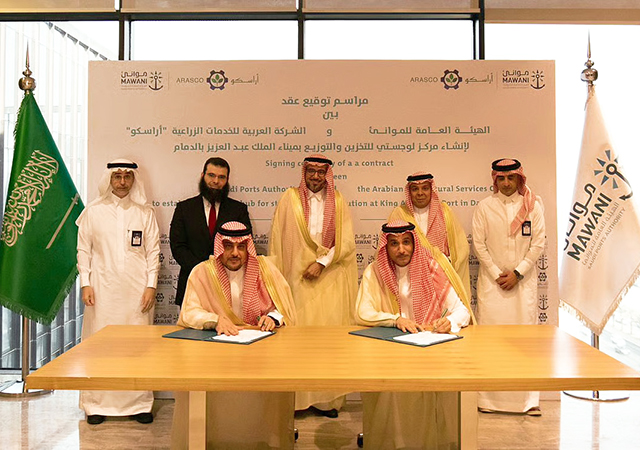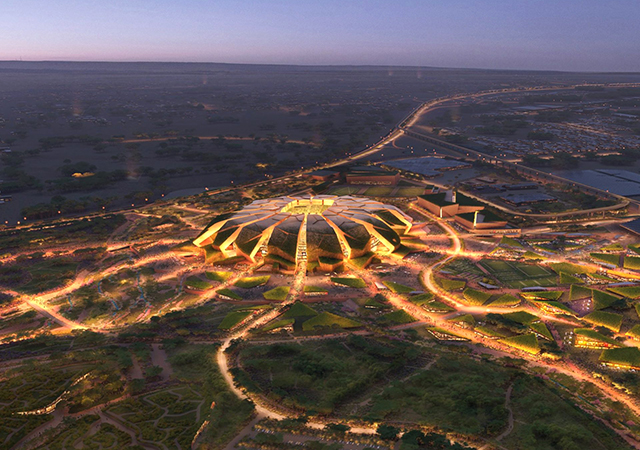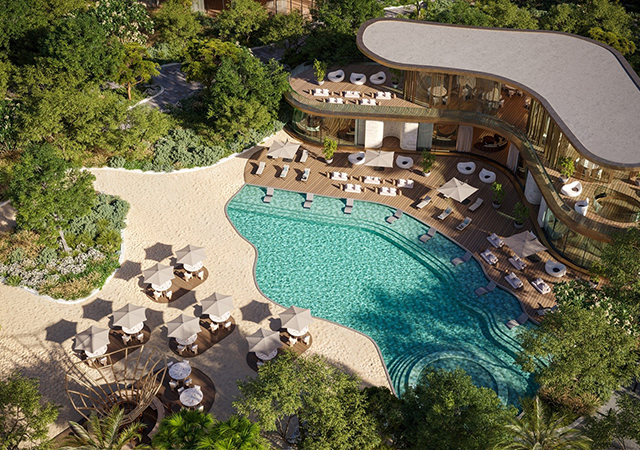 GKD has completed some stunning projects in Dubai.
GKD has completed some stunning projects in Dubai.
Buoyed by the numerous successes that it has had in the Middle East with its metallic architectural and design fabric CreativeWeave, GKD (Gebr Kufferath, Duren) of Germany is looking further increase its market penetration with new product offerings of stainless steel wire mesh with integrated LED profiles.
“Our latest products that will find a wide range of application areas, especially in the Middle East, are two product systems – Mediamesh and Illumesh, which are stainless steel wire meshes with interwoven LED profiles – produced to meet the latest trends towards transparent media facades,” says a spokesman for the company.
After the opening of its own branch in the German Business Center Dubai in 2004 following its initial success in the region, the company has secured a number of renowned projects using CreativeWeave, which today is synonymous for woven metallic architectural and design fabric in the Middle East.
Tigris mesh was the product of choice for the staircase cladding on the grandstand of the Royal Camel Race Track – Nad Al Sheba – in the UAE. The same mesh type was also used in the construction of the region’s largest exhibition grounds, the Dubai International Convention and Exhibition Center.
“Here, internal sunscreen elements so called “jewel boxes” weighing one tonne each were created under the glass roof using the metallic fabric,” he explains. “At the Dubai International Hotel, situated on the departures level of the Sheikh Rashid Terminal two and three at Dubai International Airport, the complete facade was clad with a shimmering metallic veil made of Sambesi mesh. In the new terminal, 700 sq m of the special mesh type Sambesi Heavy provide wall cladding that is both robust and elegant.
“On Palm Island, semi-transparent ceiling cladding made of stainless steel wire mesh type Lago lends the central representative office an exclusive ambiance. Filigree bronze mesh of the type Mandarin, with a sumptuous colour very close to that of gold itself, clads the walls in the Equestrian Club of the Royal Family Abu Dhabi. And Tatami mesh, named after the Japanese rice straw mats, adds a subtle touch of elegance to the health club in Abu Dhabi.
“In the Burj Dubai – which on its completion next year will be the tallest building in the world – GKD stainless steel wire meshes are also used as scintillating design elements of ceiling cladding made of Capella mesh and wall cladding made of the finely meshed-type Kiwi. Likewise in the BurJuman Shopping Centre in Dubai around 1,500 sq m of stainless steel wire meshes have been used. Huge ceiling panels made of Delphin mesh as well as wall claddings and elevator cabins made of Ocean and Baltic meshes shimmer in the lobby of the office tower.
The current highlight in the spectrum of applications of GKD wire mesh in the Gulf is the Museum of Islamic Art in Doha in Qatar. While the exterior is conspicuous from afar and reminiscent of a mosque, the interior is characterised by the introverted charm of Islamic architecture. Here, the focus is on the essence the works of art on show and this atmosphere is underscored through the grace of the stainless steel wire mesh chosen for the ceiling and wall cladding.
“The Delphin and Baltic mesh types used, rekindle the nomadic tradition of wall hanging with densely woven, finely structured mesh panels drape the ceilings and walls like futuristic counterparts of the traditional drapery they emulate. There was a special challenge involved in the flowing transitions between ceiling cladding and partition walls, which were accomplished using 22 14-m-long woven stainless steel panels of Baltic mesh shaped over round-bars. The result is fascinating as it creates an incomparably diaphanous atmosphere,” he points out.
One of the largest projects in the GKD’s company history in terms of volume is the power stations in Qatar. Seven transformer stations of various sizes, built as steel skeleton structures on the West Bay artificially created peninsula, are currently being clad completely in the stainless steel spiral mesh Escale 7x1. Along with the “super station”, measuring 100 m by 100 m, six smaller stations measuring 40 m by 30 m each of them 15 m high – will feature an external shell made of the spiral mesh, which reflects its surroundings in a fascinatingly versatile way. A total of 10,500 sq m of Escale mesh form the shimmering skin of the facade and even a part of the roofs, which the architects also wanted clad for aesthetic reasons, he says. GKD mesh also proves its worth in the Khalifa Orthopedic Clinic in Doha, where the mesh type Omega 1520 is used for sunscreen elements.
The key factors for the success of CreativeWeave are the material’s visual versatility reflectivity, transparency and opaqueness, along with numerous functional advantages of GKD mesh including flexibility combined with robustness, permeability to light and air, its function as discretionary screens and sunscreens, safety balustrading and for climate regulation, its practically unlimited service life and its ease of maintenance, he says.
“But the real driving force behind GKD’s leading market position in the Gulf is its local presence in Dubai with its own team of Arab architects. This regional foothold ensures not only expert technical and design consultancy but also the solid, local network of competencies required for smooth execution of projects,” he concludes.






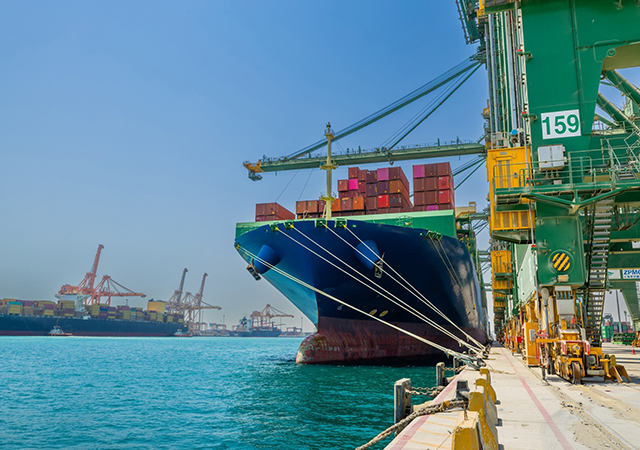
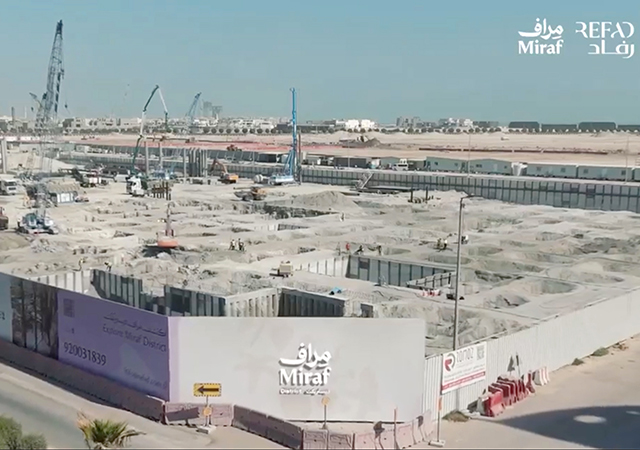
.jpg)




.jpg)

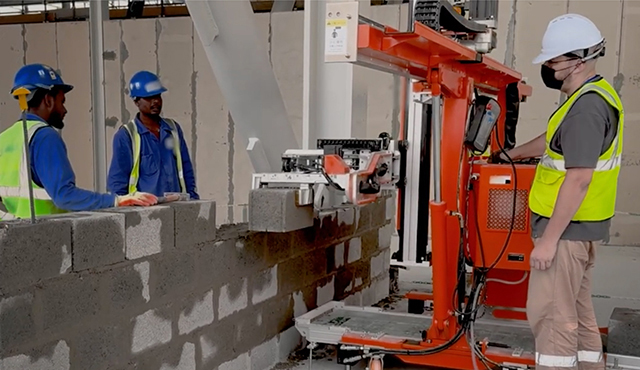

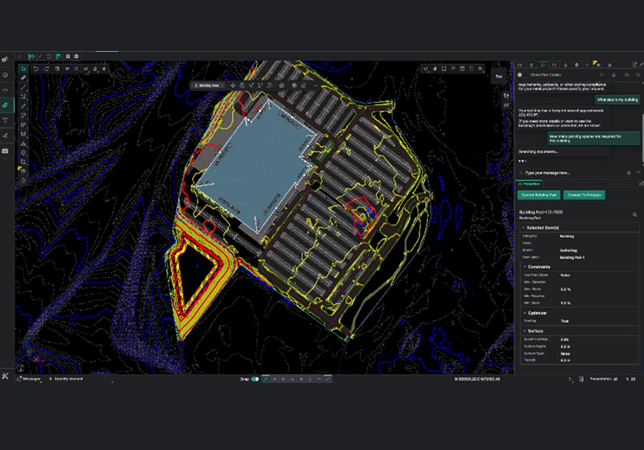



















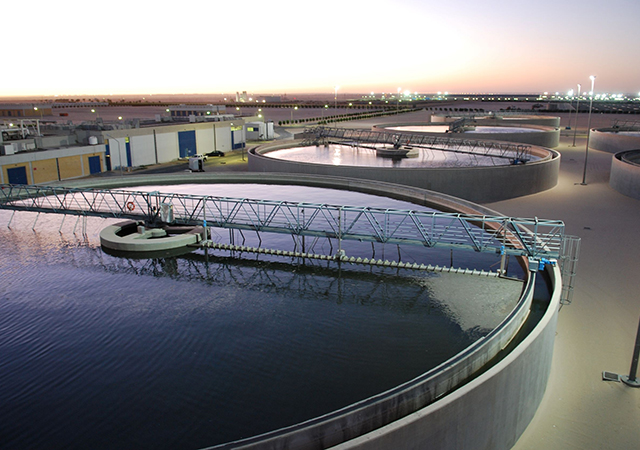


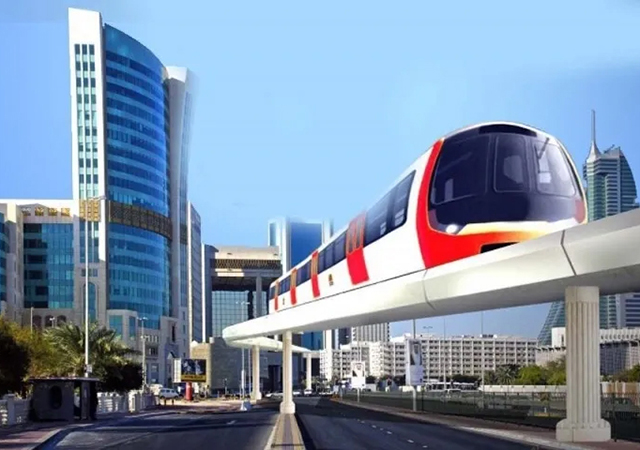

.jpg)




